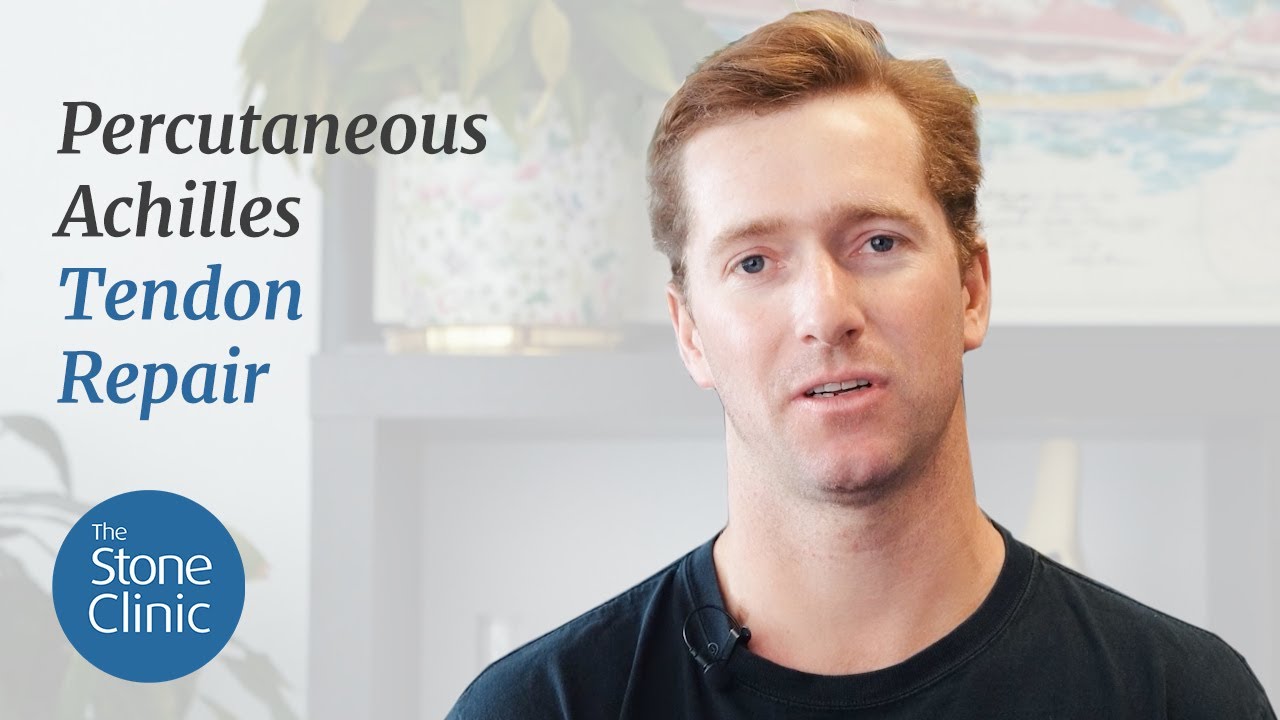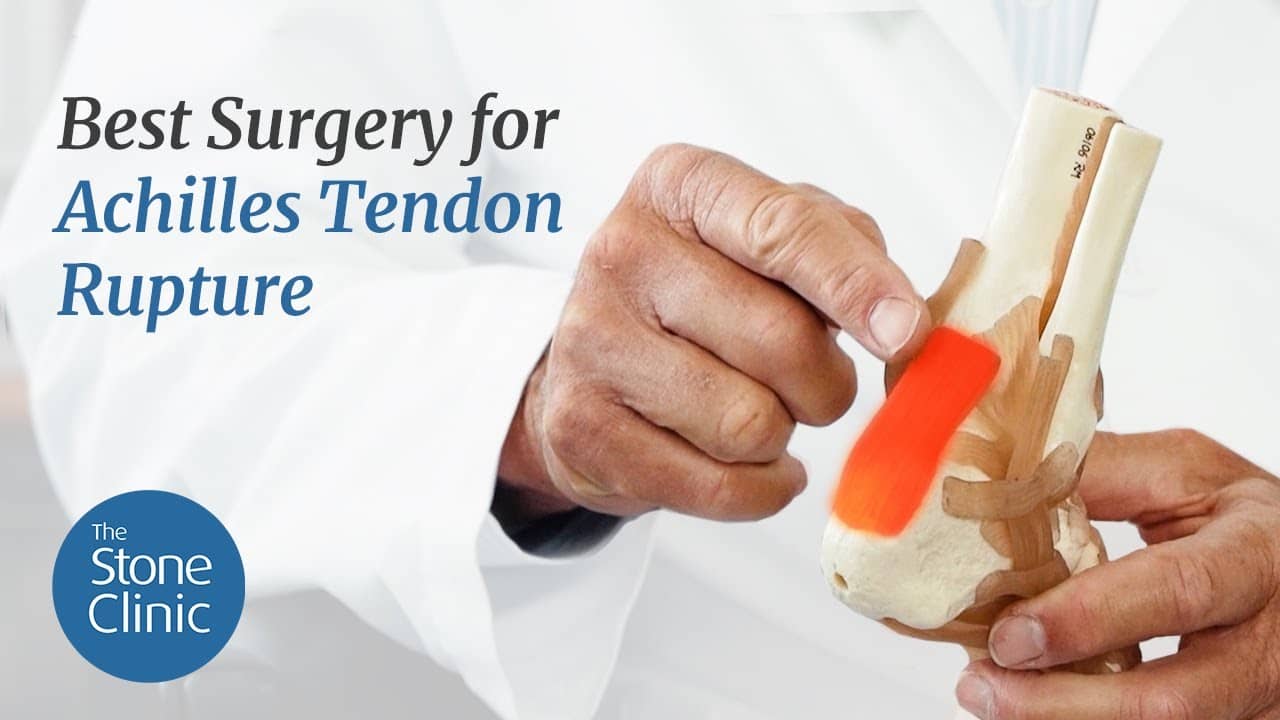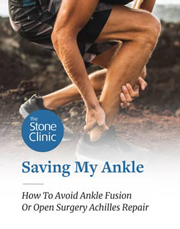Other Than Achilles: Tears of the Calf Muscle
Hear From Our Patients
Surfers Returns from Ruptured Achilles with Percutaneous RepairYou hear the pop, or the shot, and look around to see who hit you. No one is there, but the pain in your calf is sharp. Often, what you’ve heard is the Achilles tendon rupturing. But if not that, what is it?
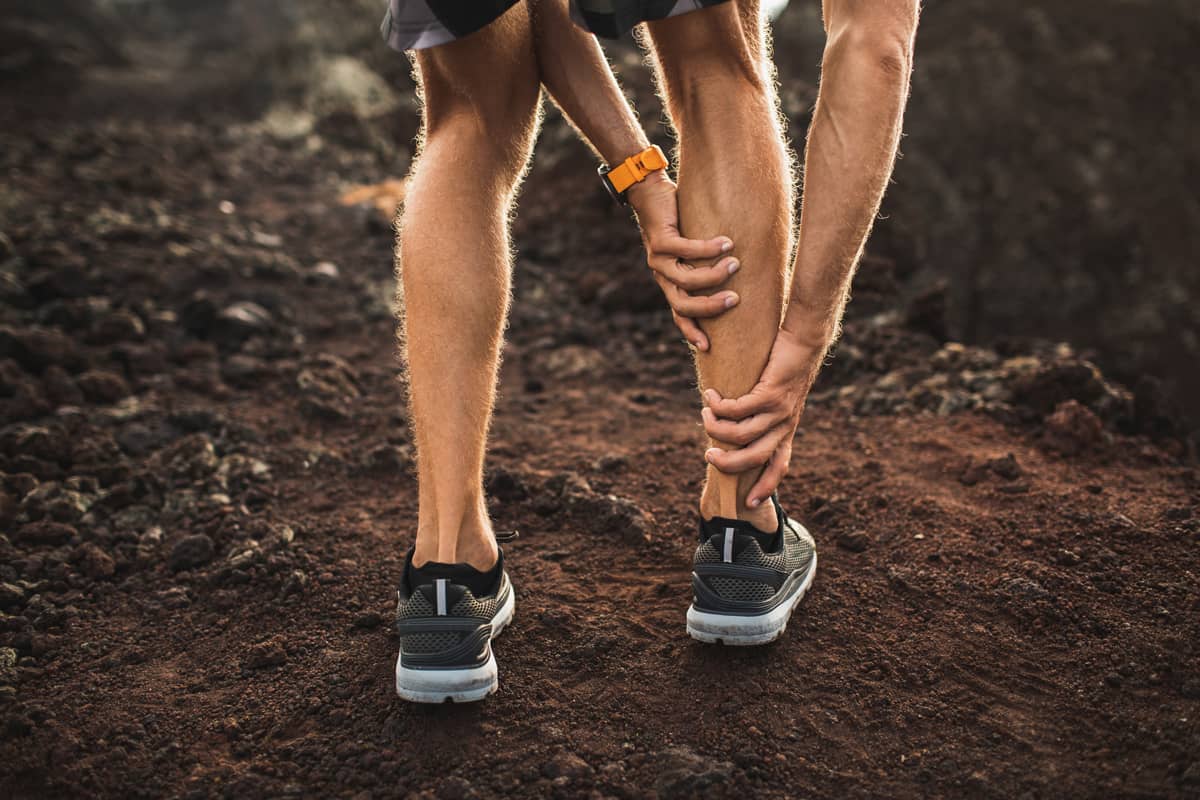
Common Calf Muscle Tears and How They Happen
The calf muscles that tear are most often the gastrocnemius, the soleus, and the tendon of the plantaris muscle.
The gastrocnemius is the bulky muscle you feel in the back of your leg, just below your knee joint. Tearing it most commonly happens by catching the tip of a water or snow ski or tripping when your toe lands in a divot while you tumble forward. The muscle is highly vascular—so once the fibers tear bleeding occurs quickly, the leg swells, and over the next few days you’ll see the yellow/brown colors of drying blood beneath the skin.
If you were to look beneath the skin right after the injury, you would see the muscle fibers torn apart, rapidly filling in with blood. Cells divided off from stem cells rush to the site and organize the healing response, initially with inflammation, then with reorganization and new collagen formation. Unfortunately, the muscle healing takes place slowly, over weeks and months, with the initial recovery marked by stiffness and weakness which is only gradually overcome. Early soft tissue massage, icing, compression, and a combination of isometric exercises—accompanied by stretching and the introduction of eccentric and concentric muscle contractions—leads to optimal healing.
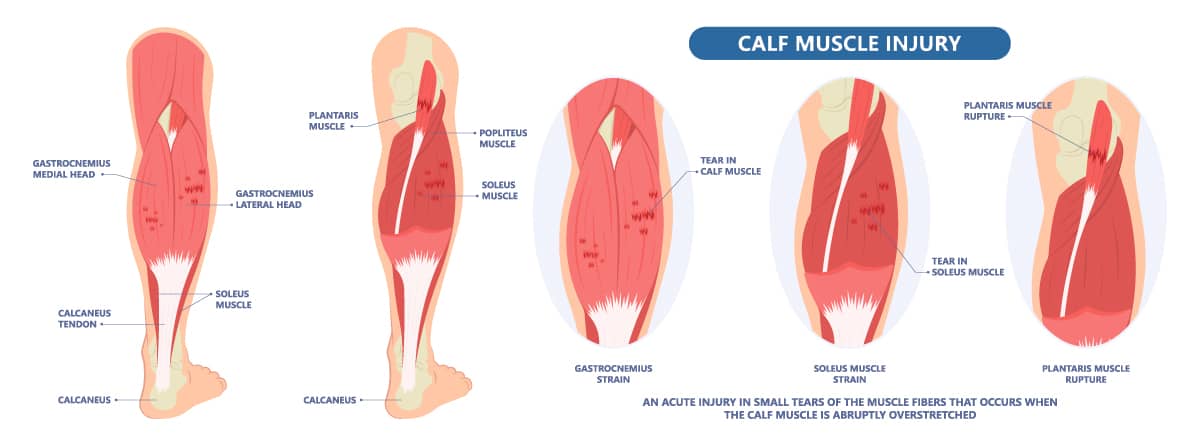
The same is essentially true for tears of the soleus, the deeper muscle of the calf. It is a wider, flatter muscle that powers plantar flexion or downward motion of the ankle. Crucial for walking and running, it is more often strained than ruptured and may be treated successfully with muscle massage, stretching, and strengthening.
Torn Calf vs Torn Achilles: Key Differences
The plantaris muscle is high up in the calf, but the tendon runs alongside the Achilles. Its rupture, like the Achilles tear, is often accompanied by a “pop”—and the athlete immediately worries that the more major Achilles tendon has ruptured. However, the plantaris rupture produces pain at the muscle-tendon junction, which lies just above the Achilles and at the bottom of the gastrocnemius muscle belly, on the medial or inside of the knee. A careful exam differentiates the tears. Plantaris healing is much quicker, never requiring surgery.
Treatment and Recovery for Calf and Achilles Injuries
The question that most often comes up is, “Can these soft tissue injuries be made to heal faster?
Is there a role for injection of platelet-rich plasma (PRP) or other anabolic stimulants?”
The answer is hard to know since a fresh muscle injury site already has a rich blood supply. It is full of the vascular stem cells required for healing and should be, by natural biology, the optimal healing environment. However, multiple studies of chronic muscle injuries and tendon tears do show benefits from injections of growth factors, recruitment factors, and cells—though applying that knowledge to acute injuries is still more art than science.
The science of improving upon Mother Nature is gaining steam. In the near future, these leg muscle injuries will still hurt, but no longer ruin entire seasons.
What's the Best Way to Fix a Ruptured Achilles Tendon?
At The Stone Clinic, we repair Achilles tendon ruptures without open surgery using the Percutaneous Achilles Repair technique. Over the past 30 years, Kevin R. Stone, MD, has refined this approach to eliminate the need for a large incision, preserve growth factors that accelerate healing, and reduce infection risk. Here’s how.
